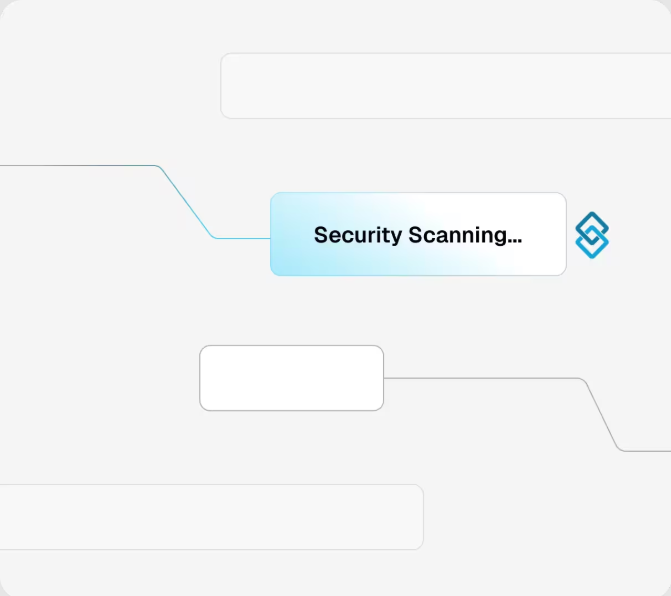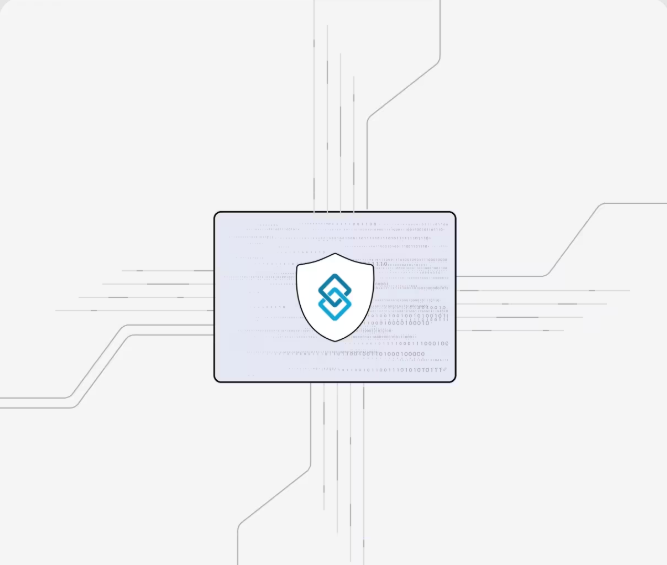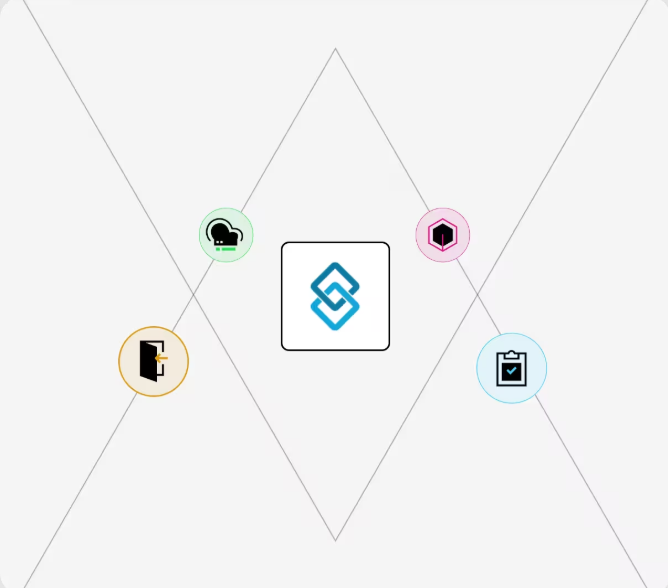Proactive Cybersecurity Strategy for Your Organization
Cybersecurity is no longer optional, urging businesses of all sizes to adopt a proactive strategy instead of reacting after an incident. It provides a practical roadmap that includes identifying assets, addressing vulnerabilities, setting clear policies, training staff, and applying layered defenses guided by principles like zero trust and least privilege. Sentant supports organizations by simplifying policies, monitoring risks, ensuring compliance, and evolving strategies to strengthen security and client trust.

How to Build a Proactive Cybersecurity Strategy for Your Organization
Alright, here’s the truth: when most people hear “cybersecurity,” their brains immediately file it under “things I’ll worry about later.” It sounds complicated, kind of intimidating, and honestly? Easy to ignore, until something breaks. But by then, it’s too late.
The thing is, cybersecurity isn’t just a problem for big corporations or tech companies anymore. If your business has an internet connection (and let’s be real, it does), you’ve already got something worth protecting.
That’s where a cybersecurity strategy comes in, not a panic button after things go wrong, but a living plan that helps you stay a step ahead. And don’t worry, we’re not diving into jargon soup here. Let’s break it down like real people would.
What Exactly is a Cybersecurity Strategy?
Okay, so imagine your business as a house. A cybersecurity strategy is everything you do to keep that house safe: the locks, the motion sensors, the guard dog (or maybe just a really angry cat). It’s not one gadget, it’s the full setup, from how your team stores files to how you respond when something sketchy pops up.
And here’s the key part: it’s not just a set-it-and-forget-it deal. As your business grows, your tools evolve, and hackers become more sophisticated, your strategy must keep pace. Static plans are security theater.
How to Build Your Cybersecurity Strategy Step by Step
You don’t need to become a cybersecurity expert overnight. The goal here is progress, not perfection. Here’s a practical, no-fuss roadmap:
1. Inventory What You’ve Got
First things first: take stock. What apps are you using? Where does sensitive info live? That Google Sheet with customer data? Yes, that counts. If you don’t know what needs protecting, how can you protect it?
2. Find the Flimsy Parts
Do a gut check. Still running outdated software? Shared logins floating around? No two-factor authentication? These are red flags, and probably where trouble will sneak in first.
3. Set Rules People Can Follow
Let’s be real: no one reads 40-page security policies. Write stuff your team can remember. Password rules. What not to click. Who to call when things go weird. That’s it.
4. Layer Up
Think of your cybersecurity strategy like an onion, yes, I said it. The more layers (encryption, backups, access controls) there are, the better. If one layer fails, the others help catch the fall.
5. Teach Your People
A lot of breaches come down to someone clicking the wrong thing. Help your team understand what’s risky and what’s safe. Make security training part of how you work, not just an annual snooze fest.
6. Keep Watch
Install some kind of monitoring system. Doesn’t need to be fancy, just something that pings you when weird stuff happens. Suspicious login at 2 a.m.? Yes, that’s probably worth knowing.
7. Check Your Work
Run drills. Pretend something went wrong and walk through your response. Test your backups. Try to restore a file. Little checks now save a lot of panic later.
What Are The Core Principles That Anchor Every Smart Cybersecurity Strategy
Even if you don’t have all the tech yet, sticking to a few core principles makes a big difference:
- Defense in depth: Don’t rely on a single fix. Stack your safety nets.
- Least privilege: Don’t give folks access to things they don’t need. Less access = less risk.
- Zero trust: Assume nothing. Verify everything. Even internal tools.
- Security from the start: Don’t bolt it on later. Build it in early.
- Always-on awareness: Threats don’t clock out at 5 p.m.
- Response readiness: Know who does what when stuff hits the fan.
When your entire team starts thinking this way, even just a little, you’re halfway to having a cybersecurity strategy that works.
Why This Is Worth Doing (Even If You’re Busy)
Look, no one’s saying this is the most exciting task on your plate. But here’s what you get in return:
- Peace of mind that you’re not flying blind
- Less chance of waking up to a data breach headline with your name in it
- Smoother compliance if you're dealing with regulations
- More trust from your clients, because they’ll know you take their data seriously
- Lower clean-up costs if something does go wrong
It makes life easier in the long run. And it’s a lot cheaper than damage control.
How Sentant Helps You Get There
Let’s say you’re reading this and thinking, “Okay, this all makes sense, but who has time for it?” That’s fair. A lot of companies don’t have full-time cybersecurity folks, especially if they’re small or growing fast.
That’s where Sentant steps in. We don’t just toss you a checklist and walk away; we help you build a real-world cybersecurity strategy that makes sense for your business. No fluff. No fear tactics.
Here’s what we can do for you:
- Show you where you’re most at risk
- Write simple, effective policies that your team will use
- Set up ongoing monitoring so things don’t slip by unnoticed
- Help you meet compliance standards without losing your mind
- Stay by your side as your tech and team evolve
We’re not just a vendor, we’re more like your security wingperson.
Frequently Asked Questions About Cybersecurity Strategy
1. I’m a small business, do I need all this?
Yes, small businesses are often more at risk because attackers expect you to have fewer defenses.
2. Can we do this without hiring someone?
Yes, that’s literally what Sentant is built for.
3. Will this prevent all attacks?
No strategy is bulletproof, but this one helps you avoid most threats and bounce back faster when something slips through.
4. How often should we update our strategy?
Ideally, once a year, minimum. Sooner if you’re changing tools, growing rapidly, or launching new services.
5. Isn’t this an IT thing?
It’s everyone’s thing. Culture eats policy for breakfast. If your team doesn’t get it, it won’t stick.
Final Thoughts
Let’s not sugarcoat it, the online world isn’t getting any gentler. But that doesn’t mean you need to live in constant fear. What you need is a plan. A framework. A way to operate with confidence, knowing that you’ve done your homework.
That’s what a cybersecurity strategy is. It’s peace of mind wrapped in a practical playbook.
And the best part? You don’t have to do it alone. Sentant’s here to help, every step of the way.
So, take a breath. Then take the first step. Your business and your future self will thank you for it.
Will Pizzano, CISM is Founder of Sentant, a managed security and IT services provider that has helped dozens of companies achieve SOC 2 compliance. If you’re interested in help obtaining SOC 2 compliance, contact us.




















